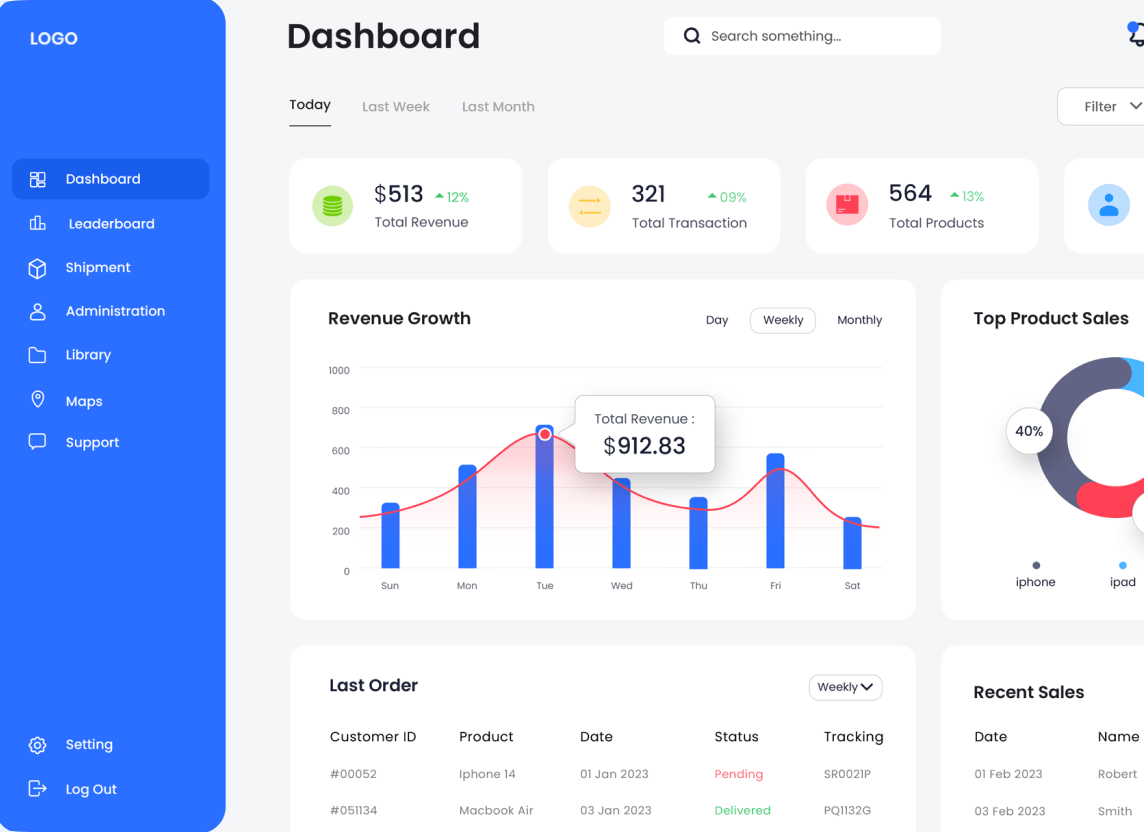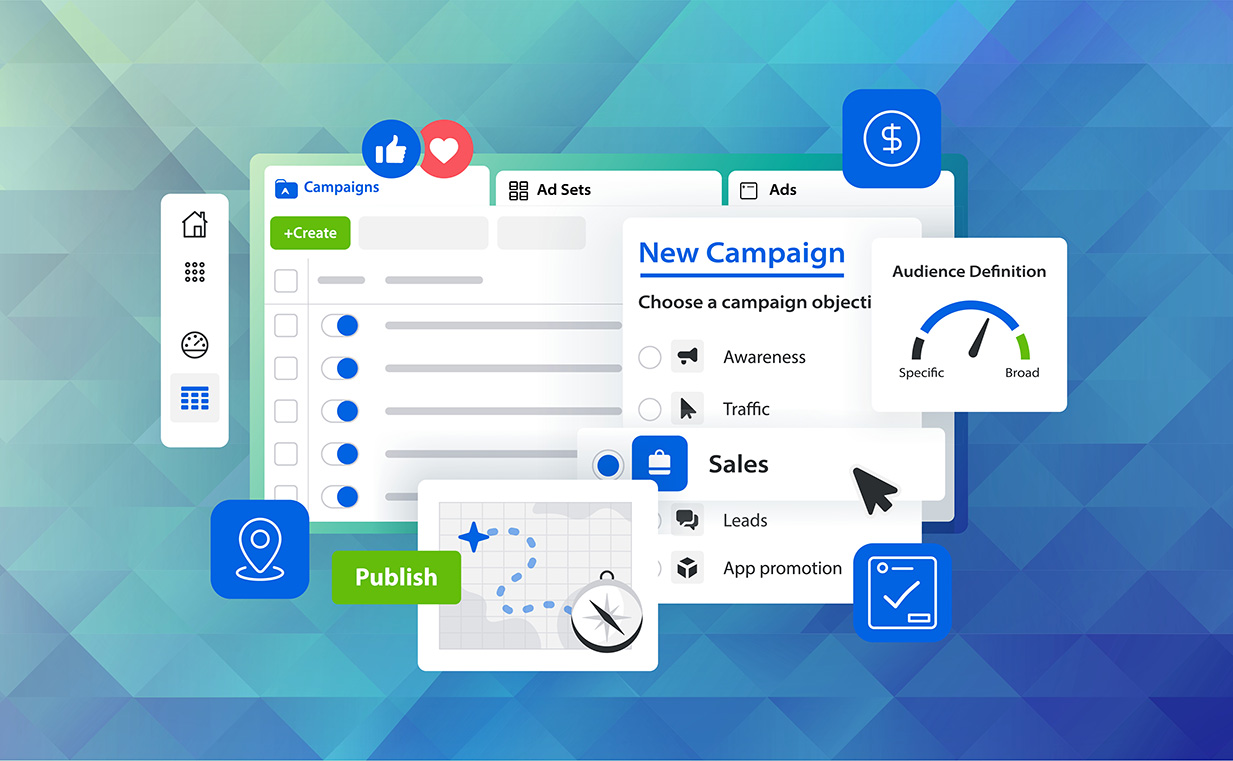In today’s healthcare landscape, where U.S. healthcare advertising expenditure is projected to increase from $22.4 billion in 2022 to $29.2 billion by 2028 Source, crafting a compelling content strategy is no longer optional, it’s essential.
Healthcare marketers are tasked with more than just promoting services; we need to bridge the gap between providers and patients in a way that builds trust, provides value, and ultimately improves patient outcomes.
However, achieving this is not without its challenges. From regulatory hurdles to addressing diverse patient demographics, the path forward requires a thoughtful, patient-centric approach.
Why Content Strategy Matters: Understanding the Challenges
Healthcare marketers face a unique set of challenges:
- Regulatory Compliance
Navigating HIPAA and other regulations while maintaining patient confidentiality is critical. Marketers must create content that is both engaging and legally sound, ensuring patient data is protected at all times. This often involves extra steps like having legal teams review content or, commonly, using secure platforms for data collection. - Audience Diversity
Patients vary widely in their demographics, health literacy levels, and preferred methods of consuming information. A one-size-fits-all approach is insufficient; marketers need to understand each of these segments to deliver quality messaging. - Resource Constraints
Producing high-quality, valuable content requires time, expertise, and budget. Many marketers juggle limited resources while being expected to deliver impactful campaigns. It isn’t easy to create thought-leader content on the intricacies of SCS implantation without a medical degree. A lot of content needs to be signed-off by physicians.
Strategies to Enhance Patient Engagement
To tackle these challenges, here’s how healthcare marketers can build a content strategy that resonates with their audience and drives engagement.
1. Prioritize Patient-Centric Content
Patients seek information that answers their most pressing concerns, particularly when navigating complex health issues. A successful content strategy begins with understanding patient pain points.
- Address Patient Concerns:
Use surveys, focus groups, and analytics to identify common questions patients have about their conditions or treatments. For example, a healthcare provider specializing in diabetes management might create blog posts like “10 Early Warning Signs of Type 2 Diabetes” or “How to Adjust Your Diet After a Diabetes Diagnosis.” - Showcase Empathy and Expertise:
Content that acknowledges the emotional side of healthcare can be incredibly impactful. For instance, an article on “How to Prepare for Your First Chemotherapy Session” can help reduce anxiety while demonstrating the provider’s compassion and authority in the space. - Include Actionable Steps:
Avoid vague advice. Instead, provide step-by-step guides or checklists that patients can use. This positions your organization as a helpful resource and increases engagement.
2. Optimize for Search Engines
SEO is the foundation of making your content discoverable. Patients often turn to Google with their health-related questions, and an optimized strategy ensures your organization’s content is among the first they see.
- Keyword Research:
I use tools like Google Keyword Planner, SEMrush, or Ahrefs to identify terms patients are searching for. For example, a pediatric practice might discover keywords like “best ways to soothe a colicky baby” or “what to expect during your child’s first dental visit.” - On-Page Optimization:
Incorporate these keywords naturally into your content. Optimize meta descriptions, headers, and alt text for images to improve search engine rankings. For example, a blog titled “5 Tips for Managing High Blood Pressure at Home” might target terms like “control hypertension naturally” or “lower blood pressure tips.” - Content Refreshes:
SEO isn’t a one-and-done task. Periodically update old content to keep it relevant and aligned with current search trends. Adding new statistics, insights, or updated best practices can boost rankings and engagement.
3. Diversify Content Formats
Not all patients consume information the same way, so offering content in multiple formats ensures your message reaches a broader audience.
- Blog Posts and Articles:
Written content is a cornerstone of healthcare marketing. Focus on in-depth, well-researched posts that answer specific patient questions. For example, a dermatologist could write about “How to Identify Skin Cancer Symptoms at Home.” - Videos:
Video content can simplify complex medical topics. A cardiologist might create a short, animated explainer on how stents work, which could be shared across social media platforms. During my time producing medical videos, I preferred to create longer, talking head videos on a topic then splice that down and use audio to create multiple pieces of content. - Infographics:
For patients who prefer visual learning, infographics can present key information quickly and memorably. A dental practice might design an infographic comparing traditional braces to Invisalign. - Podcasts or Webinars:
For patients who like to multitask or delve deep into topics, these formats are excellent. Hosting a Q&A session with a healthcare provider allows for direct engagement and positions your organization as approachable and knowledgeable.
4. Leverage Patient Testimonials
Patient stories are among the most effective tools for building trust. They humanize your organization, provide proof of success, and make your services relatable.
- Highlight Success Stories:
Share real-life examples of patients who have benefited from your care. Ensure these stories are detailed and relatable. For example, a physical therapy clinic could spotlight a patient who overcame chronic back pain and returned to an active lifestyle. - Video Testimonials:
Video brings an emotional connection that written testimonials may lack. Seeing a patient describe their positive experience adds authenticity and credibility. - Use Across Channels:
Testimonials aren’t just for your website. Share them on social media, in email campaigns, and even in ads. A quote like “Thanks to XYZ Clinic, I finally feel like myself again” can be a powerful hook. - Be Proactive:
Ask for Testimonials and ensure patients can easily provide feedback. QR codes displayed near reception, links to Google Reviews or Yelp on your website, and follow-up emails asking for feedback are all good ways to make sure you are collecting and leveraging testimonials.
5. Ensure Accessibility and Clarity
Patients of all backgrounds need to be able to engage with your content. Accessibility isn’t just a legal requirement; it’s an ethical imperative.
- Plain Language:
Avoid using technical jargon. Instead of saying “hypertension management,” use “controlling high blood pressure.” - Accessibility Standards:
Ensure your website and content are compatible with screen readers, include alt text for images, and use clear headings for easy navigation. - Translation and Localization:
For practices in diverse areas, offering content in multiple languages can significantly broaden your reach. For example, a clinic in Southern California might provide resources in both English and Spanish.
Measuring Success
To know if your content strategy is working, monitor key performance indicators:
- Page Views and Time on Page:
Are patients finding your content? Are they staying long enough to engage with it? - Form Submissions and Downloads:
Track whether patients are taking action, such as signing up for newsletters or downloading resources like eBooks. - Engagement on Social Media:
Monitor likes, shares, and comments on content shared across platforms to gauge its resonance.
Conclusion: Building Patient Trust Through Thoughtful Content Strategy
In healthcare marketing, content isn’t just about filling a website with information—it’s about building bridges of trust and empathy. A well-executed content strategy meets patients where they are, addressing their most pressing concerns, simplifying complex topics, and empowering them to take informed steps toward better health.
By focusing on patient-centric content, optimizing for SEO, offering diverse formats, and showcasing relatable patient stories, healthcare marketers can create meaningful engagement that fosters loyalty and improves patient outcomes. Importantly, ensuring accessibility and clarity in all content not only broadens reach but also signals that your organization values inclusivity and patient-first care.







